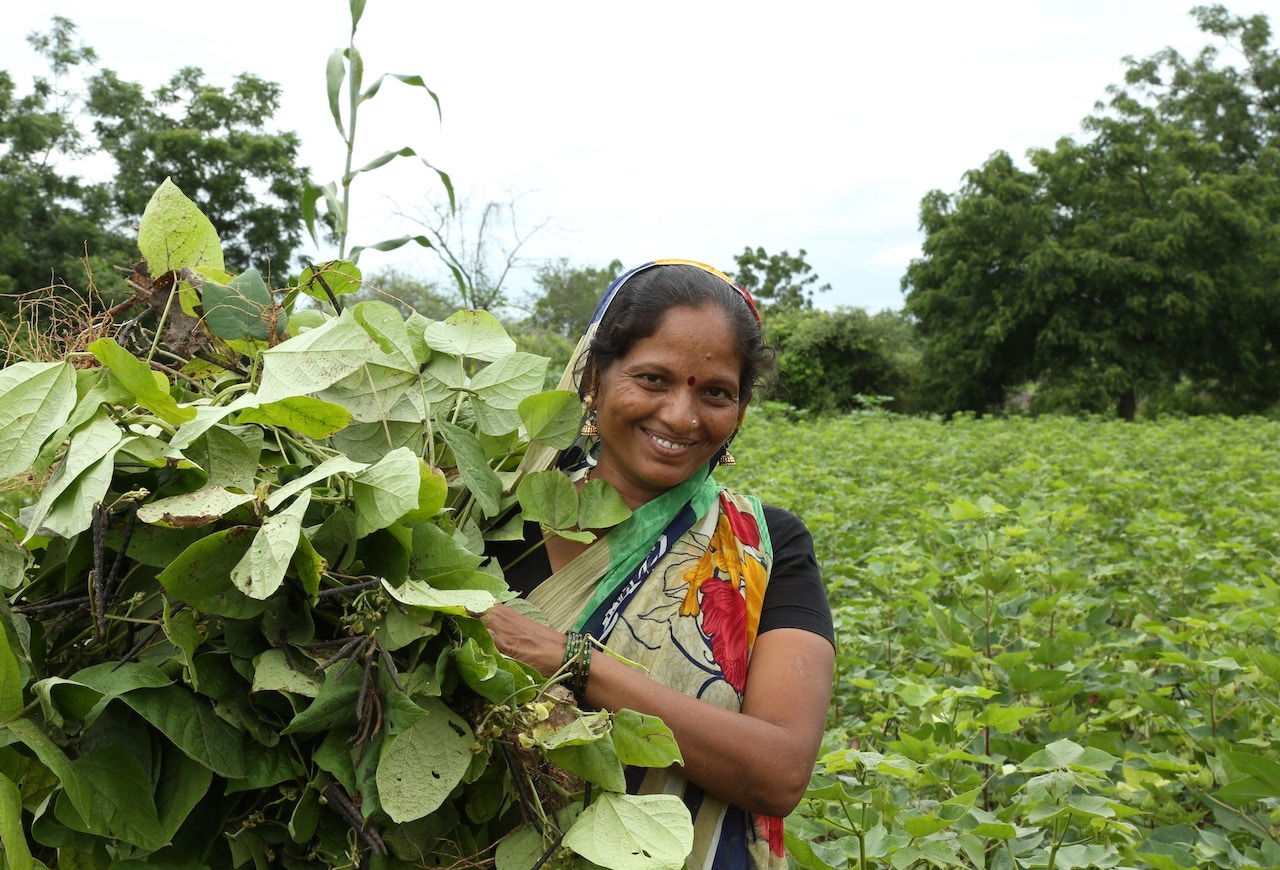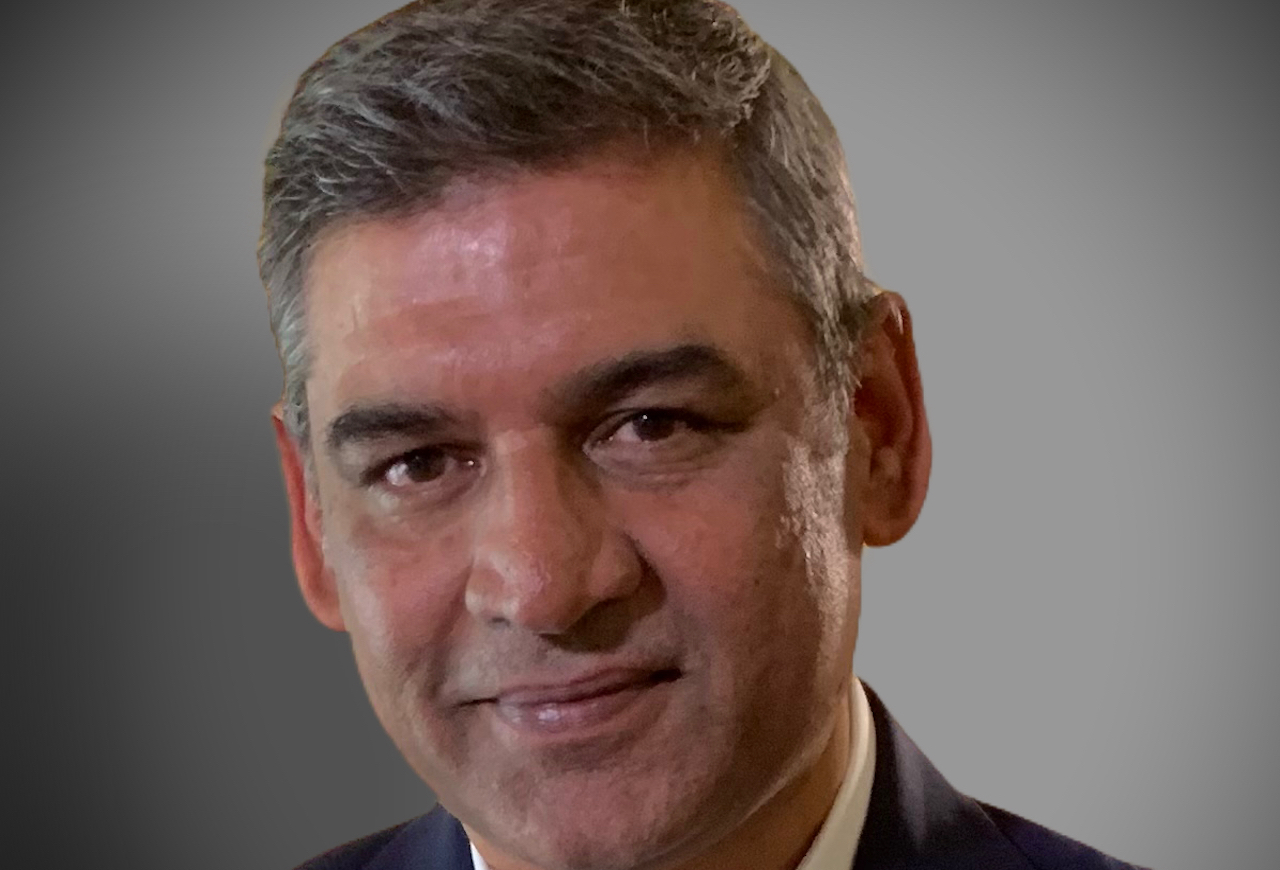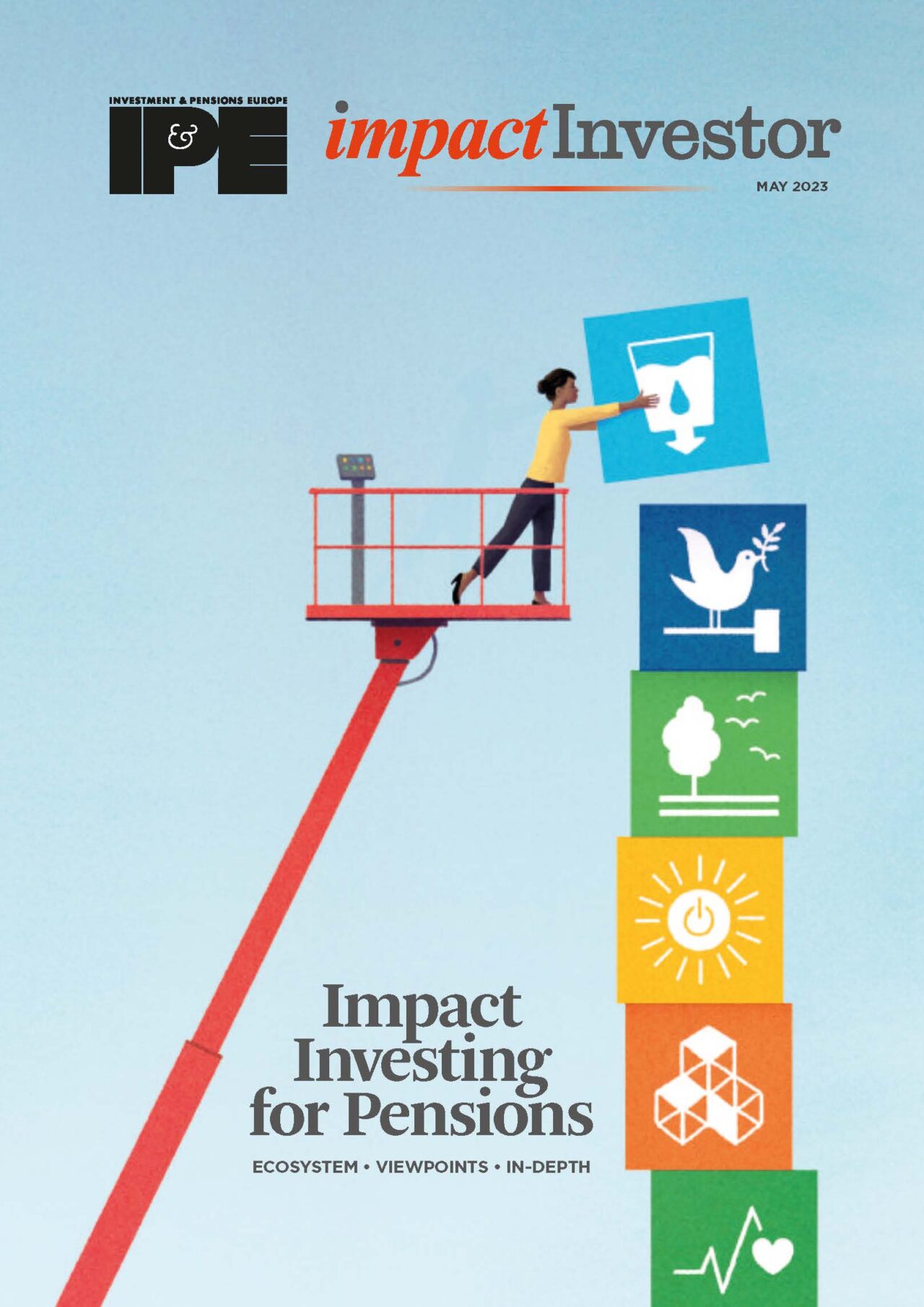Gautam Bhardwaj, one of the architects of India’s National Pension System and co-founder of pension tech company pinBox, discusses the importance and urgency of pension inclusion in developing countries.

Over the last decades, much of the work to promote financial inclusion in developing countries has been focused on providing access to financial services to the ‘unbanked’, mainly in the form of microfinance. But there is a crucial piece in the financial inclusion puzzle that has not attracted the same level of attention: pensions.
Even in developed countries where pension provision is almost universal for those in formal employment, coverage for the self-employed or temporary workers is still patchy and varies across countries. In emerging and developing countries, the picture looks even bleaker, in particular when it comes to female workers.

Gautam Bhardwaj, one of the key architects of India’s National Pension System (NPS) and co-founder of pension tech firm pinBox, has in-depth understanding of the catalytic effect that formal retirement savings can have on people’s life outcomes and society as a whole. He has spent the last few years “evangelising” the importance and urgency around pension inclusion for the over one billion self-employed women and youth in developing countries.
Bhardwaj explains there were two main drivers behind the creation of India’s NPS. First, the cost of the tax-funded civil service pensions was becoming unsustainable, having grown from $500m to $40bn a year in just 20 years. “That expense was eating into a lot of other government commitments on health, infrastructure, education and so forth.” The second driver was the fact that around 92% of Indians didn’t have a pension benefit.
A small experiment with a women’s association called SEWA resulted in something much bigger overtime. The idea was to work out whether low-income women would be able to contribute towards their own retirement. “It started off small but within a year and a half we had about 100,000 women putting aside as little as $2 a month at the time for their retirement,” he explains. “It just rocked us to think that a micro-pension programme was actually feasible.” The women who joined the programme in 2010, today have nearly INR1m ($12,200) in their accounts, “more than they have ever accumulated in their lives”.
From here, they started looking at other sectors, including dairy farmers who started contributing towards their own retirement by directing a small part of their proceeds from selling milk to their pension accounts. “Within 3 to 4 months we had 40,000 milk farmers who had opened micro-pension accounts and were saving for old age using milk,” he says.
Pension tech
Over the following years, they embarked in a period of “a lot of work and countless mistakes” during which the digital ecosystem changed dramatically. “We had managed to get some 3 million people, most of whom were low-income women, to start saving for old age. But in the context of India, that was only the tip of the iceberg. We realised that if this was to work at scale, we needed much better technology and that’s why we set up pinBox as a pension tech company.”
In 2019 Rwanda was the first country to adopt the pinBox model – a pension tech platform designed specifically to administer and deliver voluntary micro-pensions to non-salaried individuals. By early 2023, the Rwandan programme had 2.9 million voluntary subscribers, half of whom are women, and 2.4 million of whom were saving regularly. Kenya and India followed in 2020 and 2021 respectively.
Fundraising
“Our early work was supported mainly by funding from governments and DFIs [development finance institutions] such as UKAid, the World Bank and UNCDF, among others,” says Bhardwaj. “We chose to remain bootstrapped until we were sure about the sustainability of our micro-pension model, and the demand from developing countries.”
Pension inclusion is a new area that most funds focused on financial inclusion have not yet started thinking about.
Gautam Bhardwaj, pinBox
In 2021, pinBox raised a small amount of seed funding from the Asian Development Bank (ADB) and a VC platform in South Asia. “We’re now in the process of raising a mix of equity and grant funds from larger impact investors and are beginning to interact with European impact funds and DFIs who have traditionally supported digital financial inclusion around the world,” Bhardwaj notes.
Their main challenge, he explains, is in conveying the importance of pension inclusion and the need for urgent, collaborative action to prevent the “looming old age poverty crisis”.
“Pension inclusion is a new area and most funds focused on financial inclusion have not yet started thinking about this issue. But a lot of these funds have also invested in microfinance, setting up large institutions which are delivering micro-credit to the same women who don’t yet have a pension account,” he adds.
Bhardwaj believes that the global expertise and knowledge we now have about pensions, and the strong capability when it comes to digital inclusion infrastructure are the perfect combination for achieving pension inclusion. “When you put these two together, then it is possible to imagine a female farmer sitting in some remote district in India, or in a village in Nigeria or Kenya or Bangladesh, to start saving for old age.”
This article is part of the editorial content of the Impact Investing for Pensions report. You can download a digital copy of the report here.







